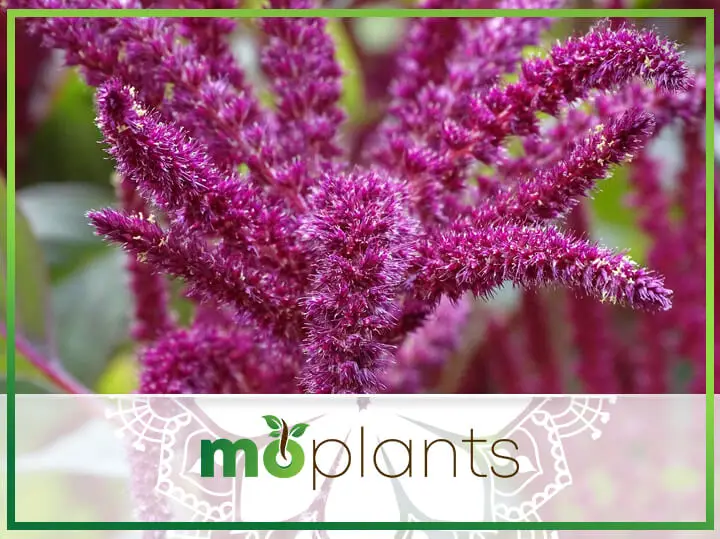The only place I would see these plants back in the ’70s was in gardens tended by old ladies. Plants oddly named love-lies-bleeding are annuals bearing long magenta red tassels that dangle from huge plants related to pigweed amaranth, a common pest in my own garden.

Old fashioned love-lies-bleeding is an ornamental Amaranth.
Long before the advent of corn, tiny black amaranth seed was a vital grain, and it is still a common food crop in Latin America. This plant bears a remarkable cultural history but today is known far better by flower arrangers than market gardeners. It’s beauty is truly unique, and quite striking fresh cut or when dried. Nearly as easy to grow as pigweed, all the amaranths are grown from seed.

New Amaranthus ‘Dreadlocks’ is exclusive to Park Seed.
I found a great selection in the Park Seed catalog (see Cool Links) including an exciting new variety this year known as ‘Dreadlocks’. It’s a combination of features from older amaranth strains with the form of love-lies-bleeding combined with the dense flower clusters of both candelabra and elephant head varieties. Vivid magenta coloring is also unique, with its predecessors primarily ruby red or orange.

Upright amaranths sold as ‘Elephant Head’ or ‘Candelabra’ in front of a golden colored love-lies bleeding.
Amaranth love heat and sun, making a great addition to your summer vegetable plot. You can use the blossoms fresh cut, dried, or harvest for the black seed you prepare much like popcorn. Plus, the new tender leaves of amaranth are also edible and an old time salad or pot green.
If you don’t know about amaranth, try ‘Dreadlocks’ or sow different Park Seed varieties for comparison and enjoy the fun of this really cool, ancient plant.

